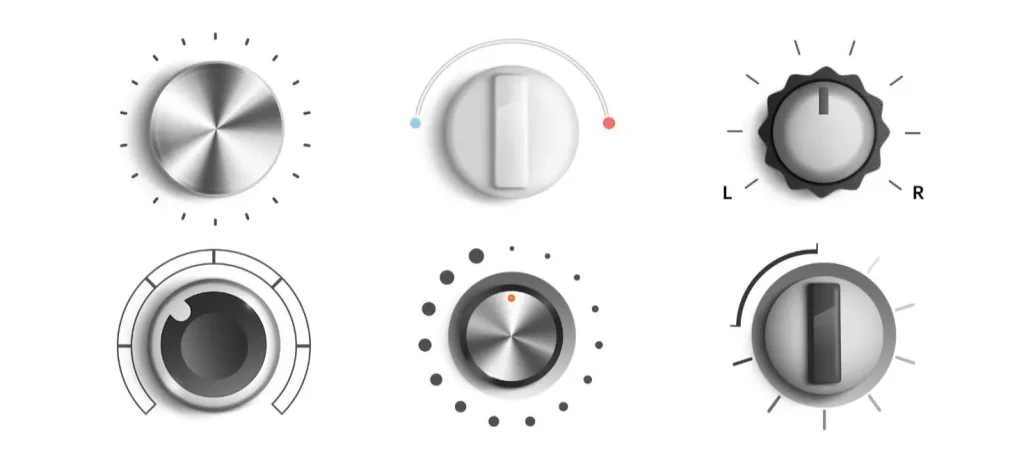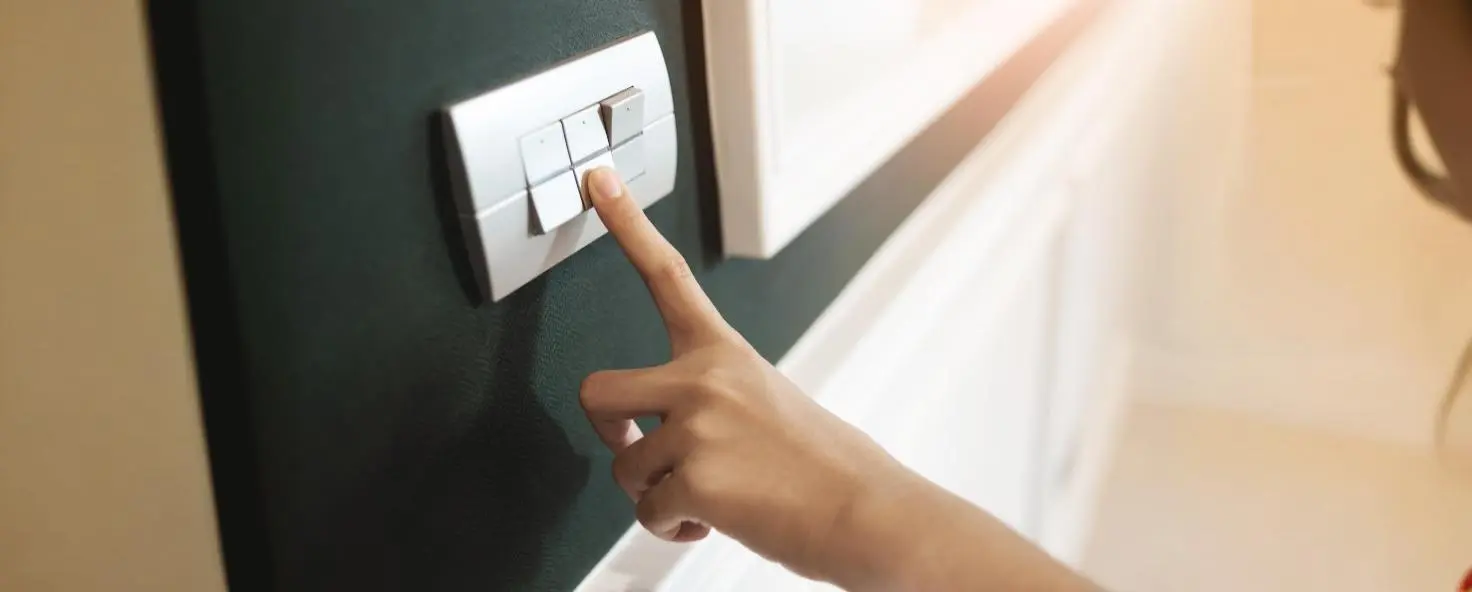Switches are often considered to be just a necessary element of homes and thus assumed to be negligible aspects of interior design. However, the type and design of electric buttons and switches can significantly impact how a space looks and is used on a daily basis, thus forming an integral part of residential design. Read on to learn all about why home switch design is important, electrical switch types available and considerations for choosing the best electrical switches for household spaces.
Why is Switch Design for Home Important?
Electrical switch design for home areas is crucial for several reasons, some of which are:
- Ensures Smooth Operation: Switches act as intermediaries between power supply inputs and outputs, ensuring the appropriate functioning and control of lights, fans and other electrical appliances. Features like motion or voice-based sensor activation through switches are especially beneficial for elderly and specially abled people, allowing them to carry out daily activities efficiently.
- Ensures Safety: An electric switch box securely encloses power supply elements like electrical wires and transmitters, providing protection from open electrical circuits while allowing safe control of electrical apparatus.
- Enhances Aesthetics: All kinds of switches can be designed to blend harmoniously with other interior design elements or to form unique stand-out features. They can be hidden functional features or visible aesthetic elements in spaces as required.
Types of Switches Based on Mechanism
The following are some of the common types of switches for home based on the way they function:
- One Way Switches: Also referred to as a single-pole switch, a one-way switch has one input terminal with one (single-throw), two (double throw) or multiple output terminals. This means that a single switch controls the functioning of one, two or multiple lights, fans or other apparatus.
- Two Way Switches: A two-way or double pole switch has two input terminals, meaning that two switches can control the electrical equipment connected to a single circuit. Such switches are useful for operating lights in staircase landings or outdoor spaces as these lights can be controlled from two different locations, providing ease of operation.
- Bell Switches and Access Control Switches: Unlike conventional switches that can switch on or off electrical appliances, bell switches create a sound when pressed. Access control switches, on the other hand, convert electrical energy into mechanical energy to open or close doors and gates, forming a big part of the best home security systems.
- Sensor/ Smart Switches: Such switches work on the basis of sensors that can detect sound or motion to control electrical fixtures. They are ideal for spaces like bathrooms, where physical contact between wet hands and manual switches need to be avoided for safety.
Different Types of Electrical Switches Based on Design
Depending on the way they are operated or look, switches for home design can be of the following types:
- Piano Type Switch/ Regular Switch: An electric button switch or piano switch is the most common switch type used in residences. Since it has a simple operation, it is one of the easiest types to maintain and replace in case of damage.
- Dimmer/ Rotatable Switch: Rotatable switches or regulators are typically used for controlling fan speeds. However, they can also be used to adjust different home lighting design factors such as intensity, colour and brightness. Such regulators are commonly referred to as dimmers.

- Flush Type Switch: Such a switch is flushed in line with its switchplate, making it visually less striking. Flush switches are more sleek in appearance and can be operated by sliding or pressing, with a small light generally inbuilt to denote whether it is in the on or off position.
- Card Switch: Typically used in hotel rooms, card switches generally allow access as well as switch on/off the power supply to rooms. For the power supply to be on, a physical card must always be placed in the allocated slot.
Apart from these commonly available switch types, switches can be of several other designs, such as vintage (round or square base with a knob that can be toggled), curved and mini switches. Many popular brands also offer customisation options, allowing designers to create versatile switch designs for home.
Considerations for Home Switch Design
Some of the important factors to be considered while selecting the types of electrical switches in the home are:
- Accessibility: This is one of the main things to keep in mind for electrical point and switch placement in homes. Although most designers and home owners prefer to design switchboards that are not obviously visible, these boards must be at easily accessible locations and heights. For example, users must be able to easily switch on at least one light for visibility as soon as they enter a room or space. The standard heights for easy accessibility while standing range between 3-5 feet from the floor, while bedside switches may be more ideal at a height of 1.5-2.5 feet.
- Maintenance and Repair: Switchplates must be easily removable (and reattachable) to ensure easy maintenance and repairs. New style switches design for home spaces, such as curved switches and switchplates can prevent dust accumulation and be easier to clean, while UV resistant designs prevent discolouration and degradation over time.
- Electrical Requirements: In India, normal switches for controlling lights and fans have the capacity to carry 6A (Amperes) of current. Appliances such as ACs, water pumps and refrigerators require 16A switches, while heavier equipment such as speakers and sound systems may even need 32A sockets and switches. The electrical and appliance requirement for each space must be analysed and calculated carefully for home switch design.
- Material and Finishes: Switches are available in several finishes—such as glossy and matte—in most brands. The base as well as plating material can also vary between plastic (polycarbonate/ nylon/ bakelite, etc.) and metal (copper/ brass). The right switch material, colour and finish can be selected based on other interior elements to ensure a cohesive design.
Getting a Stylish Switches Design for Home
A modern switch design for home must maintain the right balance of functionality and aesthetics to ensure smooth daily operation. With various types of switches available in the market today, it can be confusing to select the right one. Brick & Bolt, a leading construction company in India, provides design-build services to streamline the process of home switch design and house construction. The company also collaborates with the top electrical brands in India to ensure the best quality and premium designs of switches. Contact Brick & Bolt today to get the best electrical design during the construction of your dream home!

